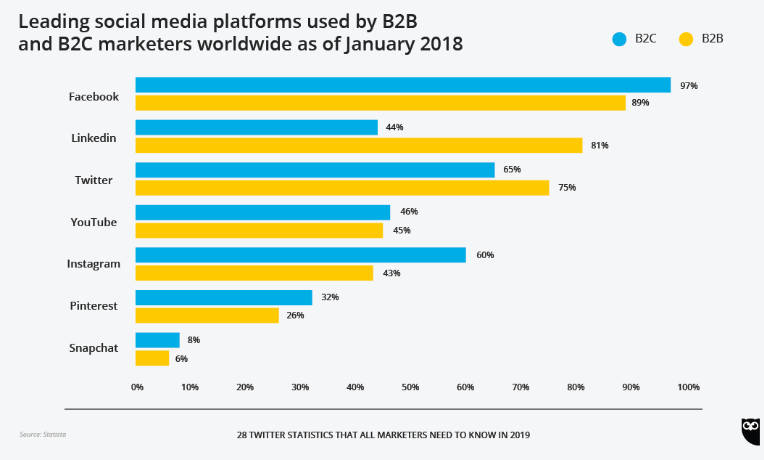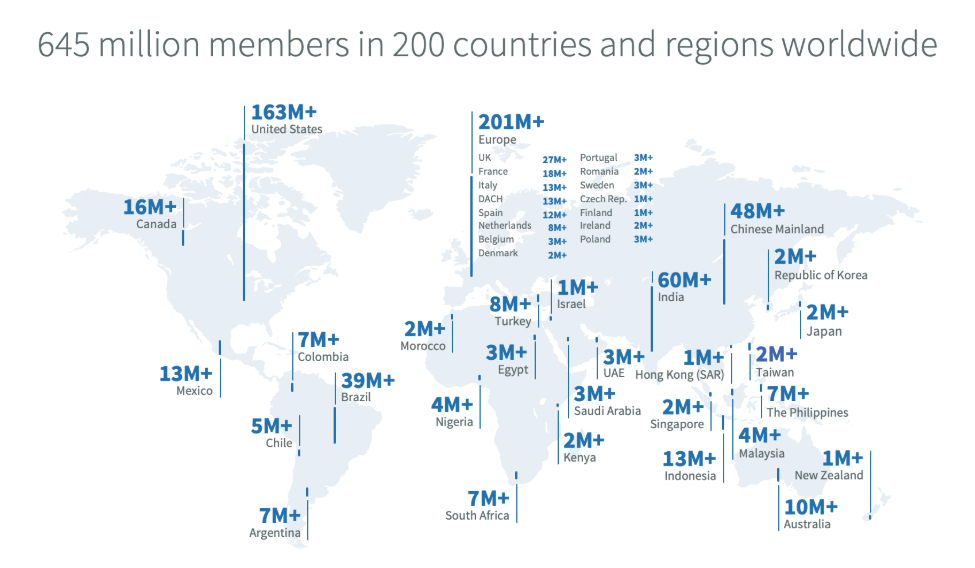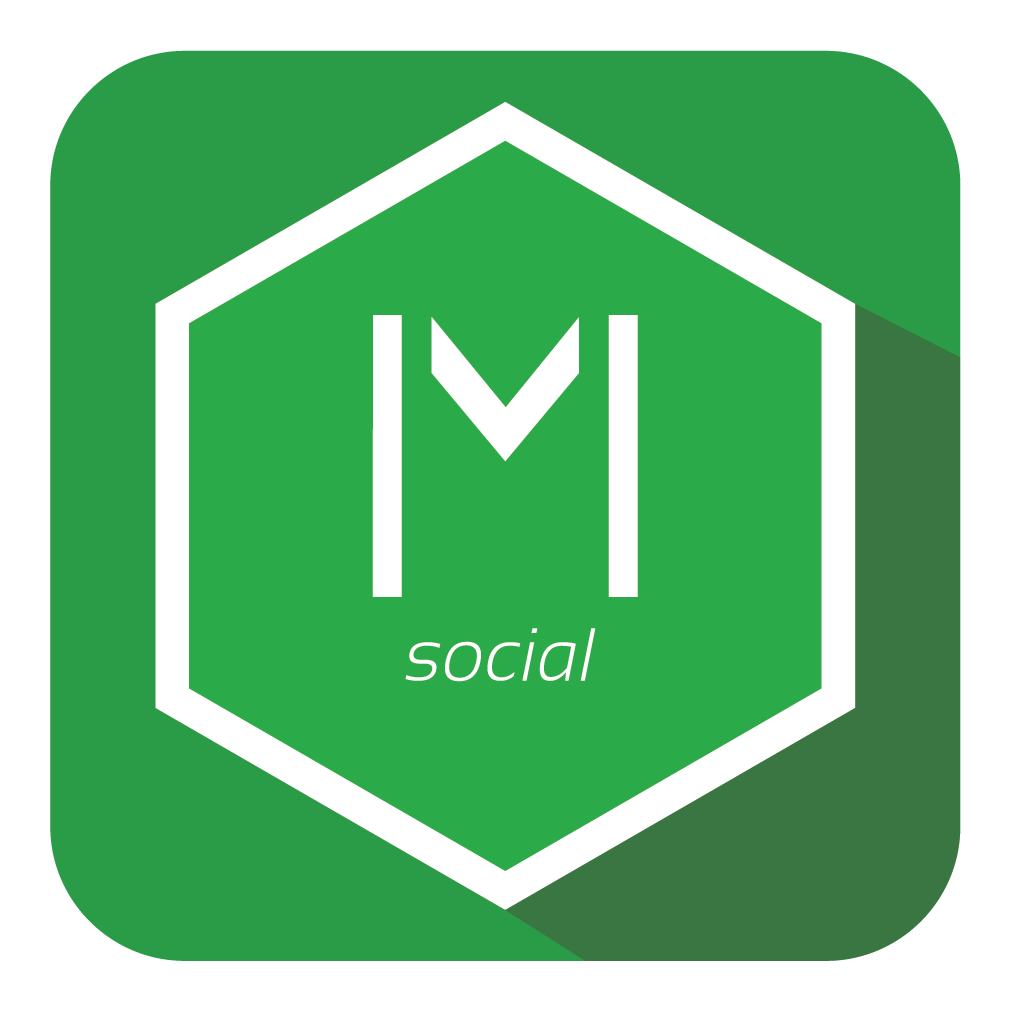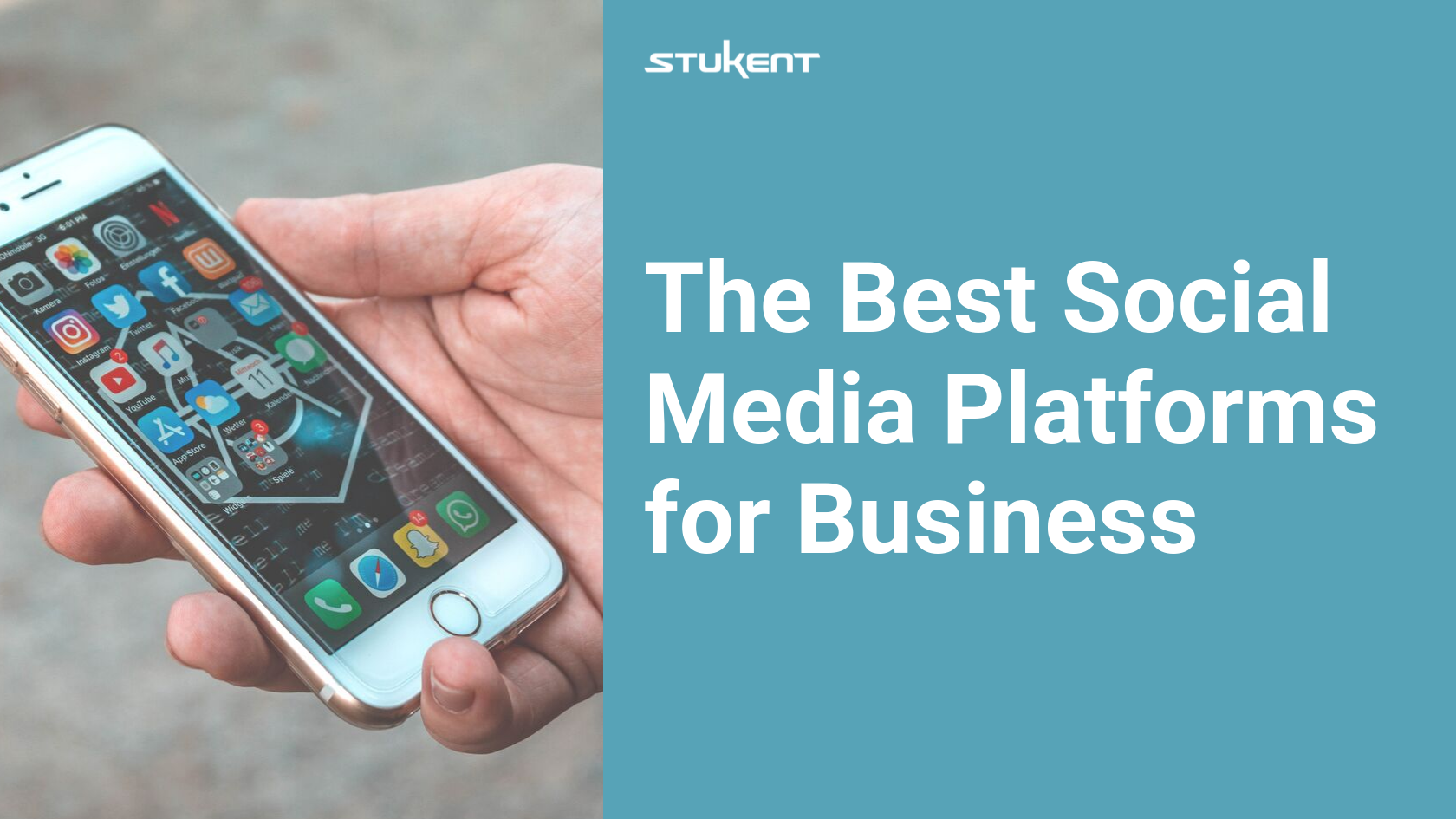These days, there are more social media platforms for business than most people know what to do with. Not to mention, new platforms are created constantly.
While it is important to be familiar with major social media platforms and be present on them, businesses generally find success in focusing their efforts on one or two social media platforms that fit their brand and target audience best. That isn’t to say companies can’t have an official account on every channel, but companies can save time, energy, and money by picking a couple of channels to house their main accounts.
Keep reading to learn more about the seven major social media platforms! With each social media platform, you’ll find a bonus tip for teaching students how to use them for business.
Picking Social Media Platforms for a Business
This is an excellent question and can be a very personal one because each social media platform provides a unique audience and opportunity for business. Whether you’re showing off a new product, responding to customer queries, or building a community, there is a platform that fits your needs.
Most major social media platforms have similar features for businesses. You can:
- Post stories that are viewable for 24 hours on Facebook, Instagram, YouTube, and Snapchat.
- Create business profiles on LinkedIn, Facebook, Twitter, Instagram, Pinterest, YouTube, and Snapchat.
- Live stream events and announcements on Facebook, Instagram, YouTube, and Twitter.
Below, you’ll find the main functions of each major social media platform your students need to know. They can use these profiles to determine which social media platforms work best for different kinds of business.
Facebook
If a company wants to build a community and customer relationships…
Facebook will do the trick. According to WordStream, “Whatever your business goal–brand exposure, website traffic, lead generation–Facebook should, and likely will, make up a sizable part of your marketing strategy in the coming year.”
Originally built to connect friends and help people stay in touch, Facebook now boasts 2.41 billion monthly active users. It works as a fantastic social media platform for displaying the human elements of a business and for connecting with customers.
According to Hootsuite, Facebook is the top platform for both B2B and B2C companies, and it houses 80 million small- to medium-sized business pages. Users can share videos, images, text-based content, stories, live videos, and more. In fact, Facebook says over 75 percent of the world’s mobile data traffic will be video by 2020.
Bonus: Have your students create a post for a business of their choice using Neil Patel’s tips for creating shareable content on Facebook: “What Types of Posts Get Shared the Most on Facebook?”
Instagram
If a company wants to use visual marketing…

Instagram is the way to go. According to SproutSocial, “Instagram certainly has made a name for itself in the industry. Now one of the most popular social media platforms available, the photo-sharing app has come a long way from its humble beginnings.”
Instagram has more than one billion monthly active users. Most major social media platforms for business have visual-sharing capabilities, but Instagram is uniquely designed for it. It is very easy for customers to share photos and videos using products. Interestingly enough, 80 percent of Instagram accounts follow a business.
Users can share videos, stories, live streams, images, direct messages, and more. Much like Facebook, Instagram videos reportedly receive 38 percent more engagement than images.
Bonus: Hootsuite provides a helpful article: “How to Use Instagram for Business: A Practical 6-Step Guide.” Have your students write an Instagram bio for a business of their choice using Hootsuite’s tips.
YouTube
If a company needs a platform for video marketing…
YouTube is the best fit. According to Business News Daily, “Since its launch in 2005, YouTue has become a modern media powerhouse … Marketing is moving toward video over static content, and YouTube is emerging yet again as a key player.”
No other social media platforms provide video marketing opportunities for business like YouTube, which has over 1.9 billion monthly active users. People watch over a billion hours of YouTube videos every day. Businesses can share videos to help curious customers understand the company and its products. Even better, YouTubers often share video reviews and tutorials for products.
Take the slime craze for example: YouTubers took to the platform to share recipes for homemade slime made out of Elmer’s glue.
Elmer’s glue even caught onto the trend and made its own tutorial:
Bonus: Check out Studio Binder’s “161 Creative YouTube Video Ideas to Try.” If you want to try something a little different, have your students use their phones to film a creative YouTube video that promotes a business or a product of their choice.
Twitter
If a company wants to increase their PR efforts…
Twitter is a great match. According to Hootsuite, “Whether it’s the latest news or the latest meme, Twitter consistently punches above its weight in our cultural consciousness. And it’s an important space for brands to make an impression on potential customers.”
Twitter has 330 million active monthly users, and 500 million tweets are sent every day. News, ideas, and complaints spread fast. It works best for sharing concise information quickly and frequently. Twitter can become a powerful PR machine if businesses respond to queries and complaints promptly.
And, 75 percent of B2B businesses market on Twitter, and 71 percent of users say they use it to follow the news. Users can share polls, photos, videos, live videos, text-based content, and more.

Bonus: Twitter shares tips for creating engaging content in their article, “7 Tips for Creating Engaging Content Every Day.” Using Twitter’s tips, have each of your students share a Twitter poll to gain insights about peoples’ perceptions of a brand of their choice.
LinkedIn
If a company wants to establish itself in the professional world…
LinkedIn is the place to be. According to Hootsuite, “LinkedIn is unique among the major social media players because it has a very specific user base. That is, educated and affluent people who are already in a professional headspace and actively looking for solutions.”
LinkedIn has 303 million monthly active users, and two new members join every second. The platform’s 645 million daily users come from 200 countries and regions worldwide. Between 2016 and 2018, 123 million people joined LinkedIn.

LinkedIn helps with recruiting and brand development. In fact, more than 30 million companies are active on LinkedIn, and 20 million jobs are available on the platform.
Bonus: Have your students read LinkedIn’s “How to Market on LinkedIn: Top 10 Tips for Using LinkedIn for Marketing.” Then have them find an article or video they might share on LinkedIn on behalf of the business of their choice.
Pinterest
If a company wants people to actually do things…

Pinterest is the perfect platform. According to Pinterest, it “helps people find creative ideas for their futures. That’s why so many businesses, especially retailers and CPG brands, have focused more of their marketing efforts on the platform.”
Pinterest boasts 291 million monthly active users, and two-thirds of saved content is from businesses. What’s better, Pinterest says, “The average order value from Pinterest referral traffic is $58.95, compared to $55 for Facebook …”
Users can share engaging images or visuals to inspire people to try things out. Users can refer to pinned posts later. Companies can share visuals of their products in action or provide tutorials to help customers out.
Bonus: Check out Pinterest’s “Creative Best Practices” to learn how to make awesome pins for business. Have your students create a Pin for a business of their choice using the tips under the “Standard Pins” section. They can use a free service like Canva to design a pin.
Snapchat
If a company wants to connect with a mobile audience…
Snapchat can be a huge help. SproutSocial says, “Snapchat’s popularity shouldn’t be ignored by businesses … One of the things that makes Snapchat so unique is that the content isn’t permanent. It’s a brilliant concept because it means there’s always something new that users need to engage with.”

Snapchat has 310.7 million monthly active users. On average, 3.5 billion Snaps are sent every day. Snapchat is famous for its short-lived photos and videos, which conveniently provide a sense of urgency that marketers love.
Not to mention 75 percent of Snapchat users are under the age of 34, meaning it’s a perfect place for targeting younger generations, especially Millennials.
Bonus: Share Quicksprout’s “15 Ways to Use Snapchat for Your Business” with your students and ask them to share examples of marketing efforts they’ve noticed when using Snapchat.
Give Your Students Real Social Media Marketing Experience

Mimic Social is a social media marketing simulation that allows students to act as a social media marketer for Buhi Supply Co. Students schedule and design social media posts that target specific audiences on various social media platforms including Facebook, YouTube, LinkedIn, Instagram, Twitter, and Pinterest. They must effectively manage a weekly budget and adjust their strategies to increase ROI.
Specifically, Mimic Social gives students experience in:
- Writing targeted social media ads for various platforms
- Performing demographic targeting
- Strategizing social media content promotions
- And more!
Request free instructor access to Mimic Social to see how it can help your students learn how to use social media platforms for business!
Finding the Social Media Platforms that Work Best for Your Business
It takes trial and error to determine which social media platforms work best for business. You may find success with Twitter and Instagram, or maybe Facebook and LinkedIn are the ways to go. You might find platforms that originally performed well are losing engagement, and you need to start focusing on other platforms. That’s not a bad thing. Social media platforms are constantly changing, and you’ll have to adapt to the changes in order to do what’s best for business.
Regardless of the platforms a business decides to use, it is valuable for marketers to understand the pros and cons of using different channels. You can use these statistics as a starting point for choosing the right platform and for building a basic knowledge of each.






